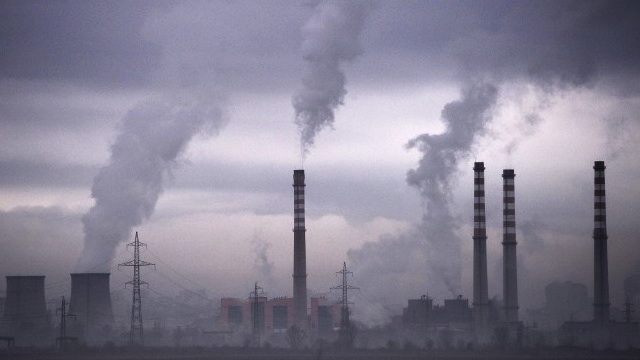SUMMARY
This is AI generated summarization, which may have errors. For context, always refer to the full article.

PARIS, France – The next 15 years will be vital in determining whether global warming can be limited to 2 degress Celcius (3.6 degrees Fahrenheit) by 2100, with energy and transport presenting the heftiest challenges, according to a draft UN report.
“Delaying mitigation through 2030 will increase the challenges…. and reduce the options,” warns a summary of the report seen by Agence France-Presse.
The draft is the third volume in a long-awaited trilogy by the Intergovernmental Panel on Climate Change (IPCC), a Nobel-winning group of scientists.
Major efforts are needed to brake the growth in carbon emissions for a good chance to limit warming to 2 degrees Celsius (3.6 degrees Fahrenheit) by 2100, says the summary.
“(It) would entail global consumption losses of one to four percent in 2030, 2 to 6 percent in 2050 and 2 to 12 percent in 2100,” the 29-page summary says.
These costs do not factor in benefits, such as growth in new areas of the economy, or savings from avoiding some of the worst impacts of climate change.
The estimates are based on the assumption that “all countries of the world” begin curbing carbon emissions immediately and that there are “well-functioning markets” to establish a single global price for carbon.
The report looks at options, but makes no recommendations, for mitigating greenhouse gases that are driving the climate-change crisis by trapping solar heat and warming Earth’s surface.
The final version of the document is due to be thrashed out at a meeting in Berlin in April.
The trilogy is the IPCC’s long-awaited Fifth Assessment Report, the first great overview of the causes and effects of global warming, and options for dealing with it, since 2007.
The draft document notes that global emissions of greenhouse gases surged by an average 2.2 percent per year between 2000 and 2010, compared to 1.3 percent per year over the entire 30-year period between 1970 and 2000.
“The global economic crisis 2007-2008 has temporarily reduced emissions but not changed the trend,” it says.
Members of the UN, in global negotiations, have endorsed the goal of limiting warming over pre-industrial levels to 2C, but not set a date for achieving it.
Some experts say that on current trends, warming by 2100 could be 4 degrees Celcius (7.2 degrees Fahrenheit) or higher, spelling drought, flood, storms and hunger for millions.
Over the past decade, more than three-quarters of the annual increase in greenhouse gas emissions came from energy (47 percent) and industry (30 percent), led in particular by activity in emerging giant economies, says the summary.
Emissions from the energy supply sector are on track to almost double or even triple by 2050 compared to 2010, unless there are major changes.
These include gains in efficiency, a bigger switch to renewables or – provided obstacles can be overcome – widening the use of bio-energy and carbon capture at power plants.
A similar warning is sounded for transport, where CO2 emissions could double by 2050 from 2010 without changes to fuel consumption patterns. – Rappler.com
Add a comment
How does this make you feel?
There are no comments yet. Add your comment to start the conversation.